On Faery Craft - © Rt Revd Alistair Bate M.A.Div. (2020)
Being more than a little fey myself, I have always been aware of the Faery realm, but on moving to a remote valley in the Swiss Alps eight years ago I became more strongly impressed than ever before by the nearness of what we might call “the Elven Kingdom”, a magical world parellel to our own. Now the time has finally come to bite the bullet and write something of my clairvoyant encounters with the Good Folk.
As a child brought up in the foothills of the Dublin mountains I was brought up with the awareness of fairies; made little rock houses for them and talked to them at the bottom of the garden. Then as a teenager I made frequent pilgrimages to the several neolithic sites within walking or cycling distance of my home, which further strengthened the connection, but it was in my flat in London that I had my first brief clairvoyant sighting of a Leprechaun who ran down the hall, jumped on to a flowerpot and vanished. In fact this may very well have been my own Leprechaun guide, drawn for me around the same time (1991) by Britain’s most famous psychic artist Coral Polge. Coral was a clairsentient so she drew as she "felt" and was usually very accurate. Drawing my guide she expressed surprise as she had "never had a Leprechaun before", which of course made a 27 year old feel very special!
As a child brought up in the foothills of the Dublin mountains I was brought up with the awareness of fairies; made little rock houses for them and talked to them at the bottom of the garden. Then as a teenager I made frequent pilgrimages to the several neolithic sites within walking or cycling distance of my home, which further strengthened the connection, but it was in my flat in London that I had my first brief clairvoyant sighting of a Leprechaun who ran down the hall, jumped on to a flowerpot and vanished. In fact this may very well have been my own Leprechaun guide, drawn for me around the same time (1991) by Britain’s most famous psychic artist Coral Polge. Coral was a clairsentient so she drew as she "felt" and was usually very accurate. Drawing my guide she expressed surprise as she had "never had a Leprechaun before", which of course made a 27 year old feel very special!
Around the turn of the millenium, as a student with the Order of Bards, Ovates and Druids, naturally Fairies were on the curriculum, though certainly not a central feature and living in an urban environment at that time I was perhaps less aware of them then I might have been, but the fairies were just biding their time and waiting for fate to unfold. Moving to the Alps in 2011 I was immediately aware of the close proximity of Elves, a race of Faery I had not encountered before, having previous done some work with their cousins, the Sidhe. Carrying spears, they nevertheless seemed friendly and welcoming, as if they had been waiting for me, for they told me that it has been many centuries since there has been a Cunning Man in this valley. The following year I made my first batch of flower remedies under their instruction - from Coltsfoot, Crocus and Gentian. I learned where their houses were located, marked by rocks, and the nearest no more than a 100 metres from our own home. One of these sites has since become a place where in summer I conduct informal ritual and make offerings.
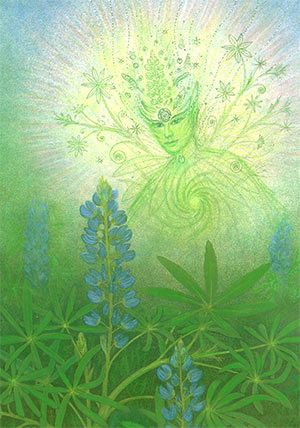 Lupin Fairy by Peter Fich Christiansen
Lupin Fairy by Peter Fich Christiansen Last year, 2019, was a breakthrough year in my relationship with the "Other Crowd", as theologically I had worked through a lot of baggage and found myself in a much more adaptable position dogmatically. No longer feeling bound by a rigid orthodoxy, but rather embracing an “interspiritual” approach, I began working shamanically and magically with some of the Fairy deities as well as our local elves, flower fairies and giants. It has not been easy to let go of the idea of a jealous God who forbids the invocation of any other, but I have been helped by the work of Tom Harpur, whose scholarly analysis of Christian origins places the original faith firmly in the Gnostic camp along with the other mystery religions of the ancient near east. Recognizing, therefore, that Christianity has no more basis in historical fact than Faerycraft, Druidcraft or any other spirituality has given me a certain freedom to explore formerly forbidden landscapes of the soul. That is not to say of course that the deities (including those most familiar to us), fairies, and angels do not have a life of their own. They most certainly do, and if one is really diligent with practise, there is no shortage of subjective proof of their power, divination being particularly important in confirming the truth of various clairvoyant impressions one might receive.
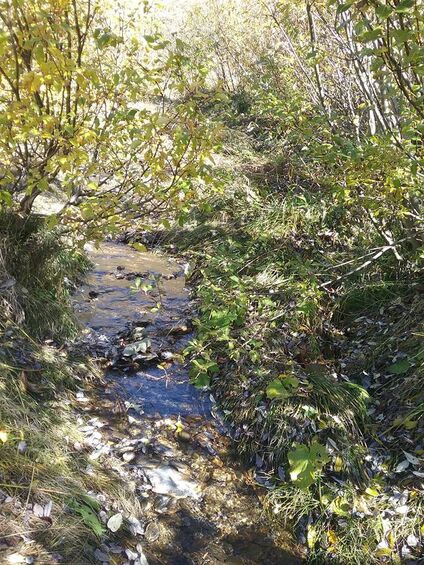 A fairy dell 2 minutes walk from St Gall's Retreat
A fairy dell 2 minutes walk from St Gall's Retreat Two things I have learned in my dealings with the faery realm are quite important. Firstly, like attracts like. Good fairies are attracted to people with noble and pure intentions whilst base individuals attract similar characters from the world of faery, which can be problematic. As consistent a high vibration as one can muster is best maintained if at all possible. Secondly, relationships with the Good Folk are built on friendship and mutual benefit. Making regular offerings without fail - in my own case I offer water daily, and shortbread and milk at new moon and festivals - shows respect to our fairy friends and is rewarded by blessings, sometimes blessings one had not even thought to request. Important as offerings are however, I find that what the Good Folk desire most of all is to experience through us some of our special human aptitudes. In particular, by opening our hearts to the citizens of Faery we may allow access to those higher states of consciousness which humans alone can achieve in meditation. They may help us to experience the realm of the Dark Mother, within "the Hollow Hills", whilst we may assist in their connection with the Sky Father above. In this way the receptive human being may become a channel of connection between the underworld of Annwn and the upperworld of Gwynfyd. Ceugant, being the Source, holds all three worlds in its embrace, so there is no sense in which our faery brethren are less connected with the Source than ourselves, however, being human we can offer them experience of a different path to divinity than that which comes naturally to them, just as they, being less confined by circumstances and living much longer lives, can offer us many blessings both material and spiritual.
For those who would like to learn about Fairycraft/Faery Craft I would recommend the work of Morgan Daimler and Emily Carding, and for those who wish to experience a magical retreat here in this enchanted valley I offer an invitation to come and experience the world of the elves and fairies for yourself!
Post Script: We now live part of the time in both Ticino and Norway and welcome guests in both locations.
For those who would like to learn about Fairycraft/Faery Craft I would recommend the work of Morgan Daimler and Emily Carding, and for those who wish to experience a magical retreat here in this enchanted valley I offer an invitation to come and experience the world of the elves and fairies for yourself!
Post Script: We now live part of the time in both Ticino and Norway and welcome guests in both locations.

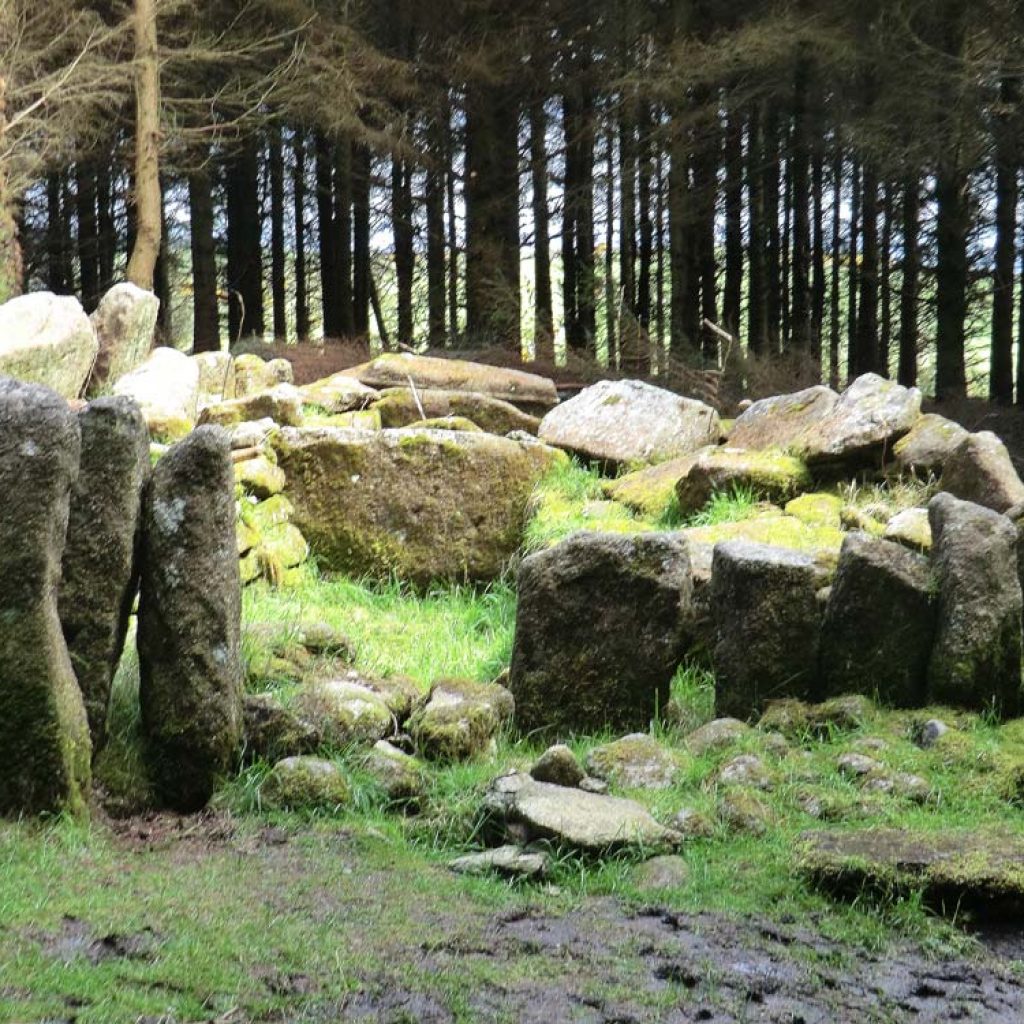
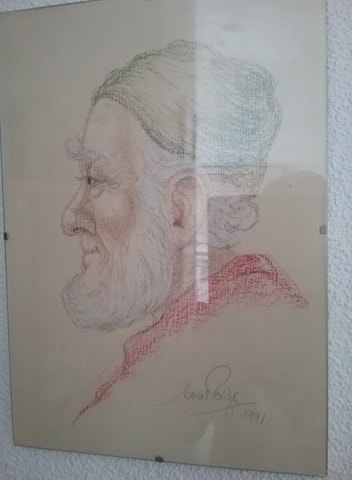
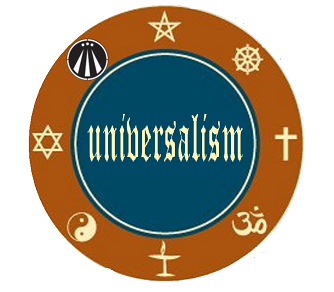
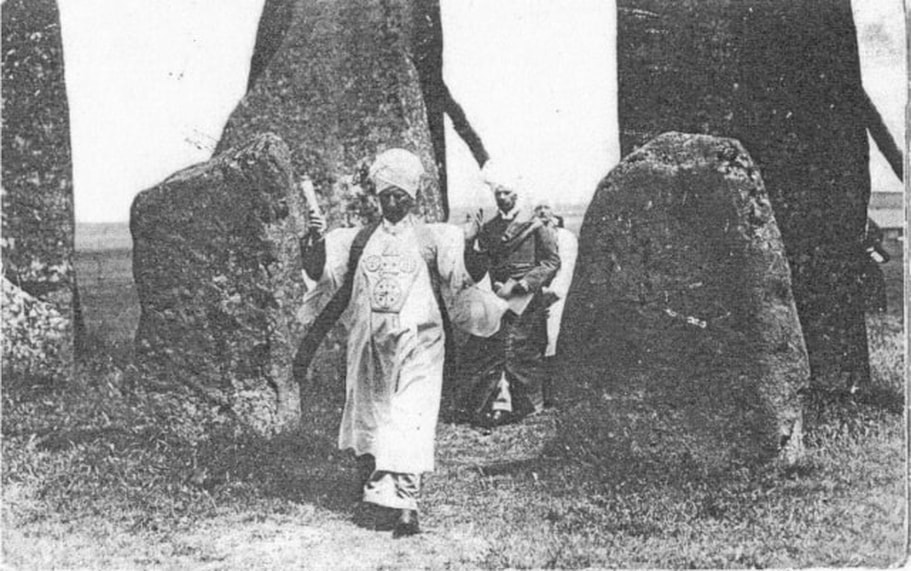
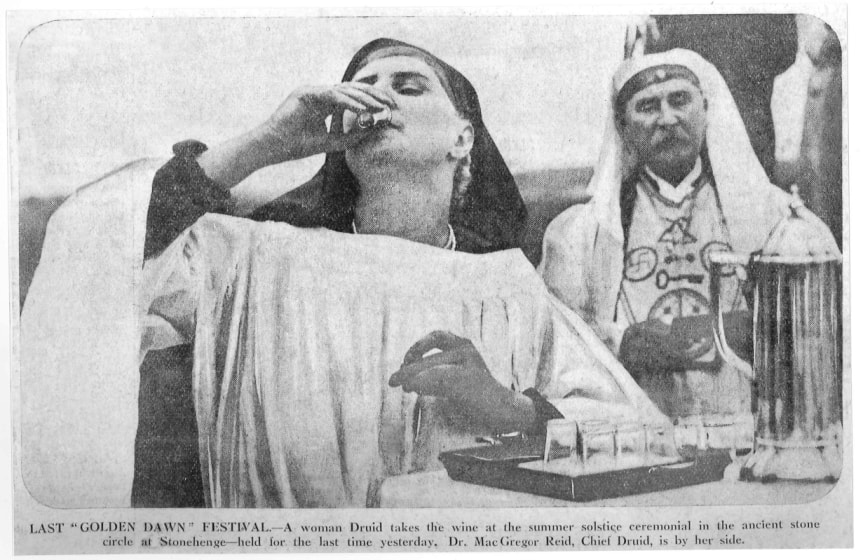
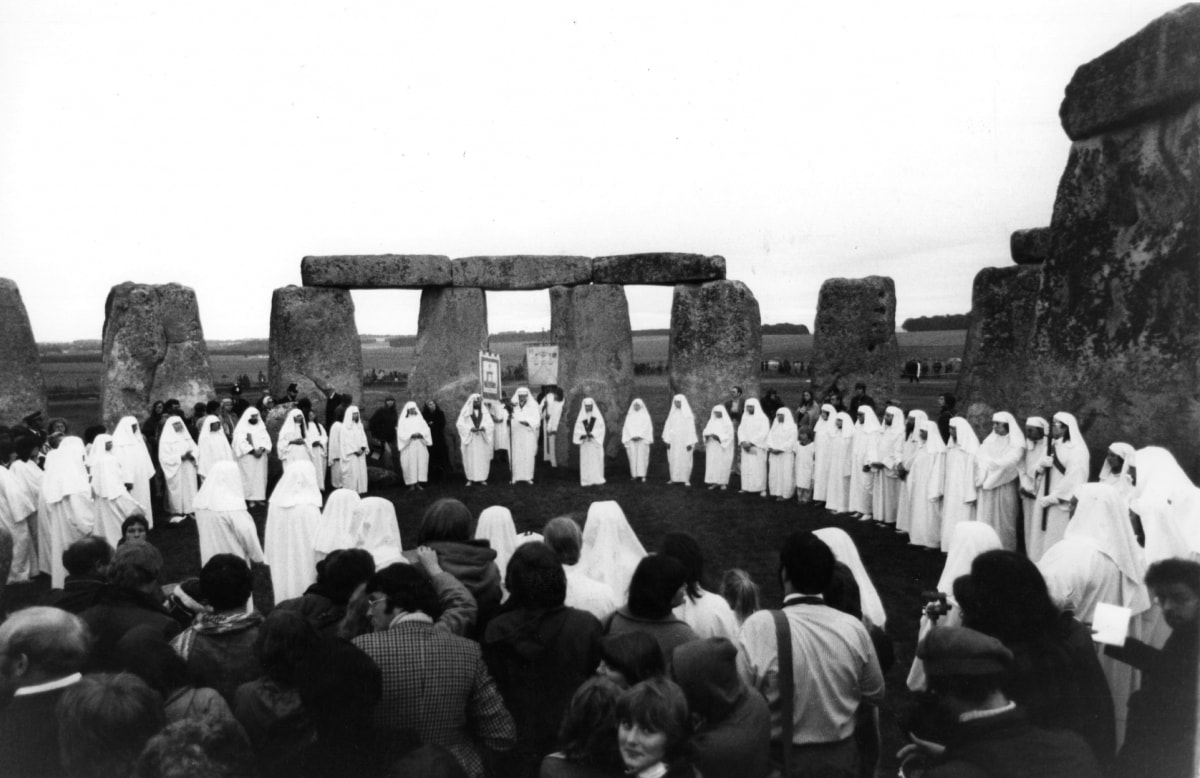
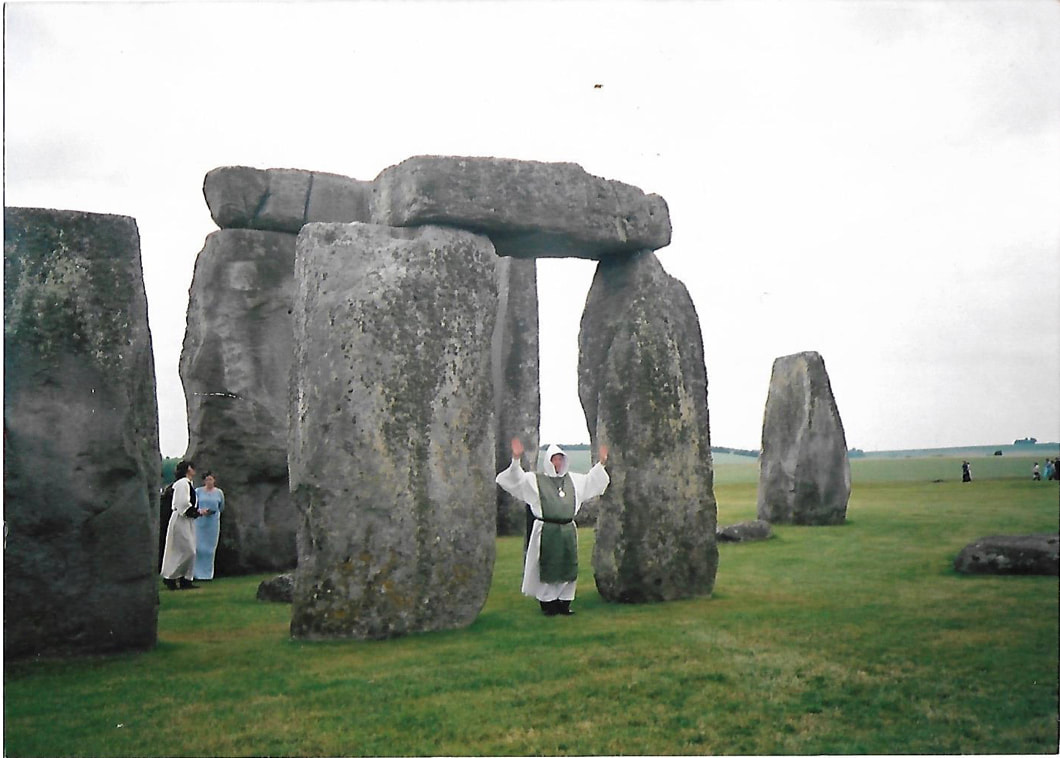
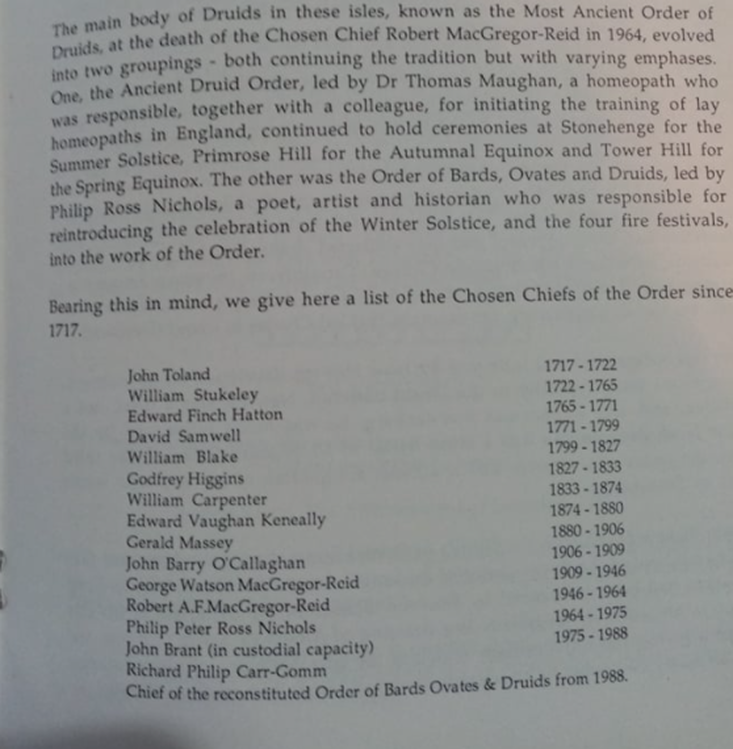
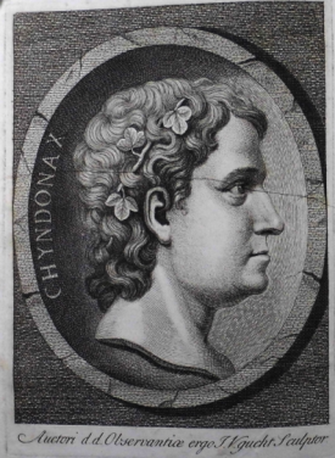
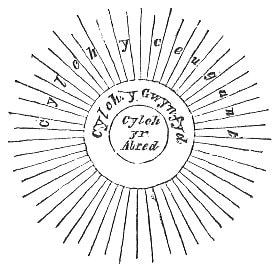
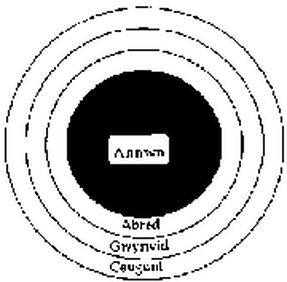
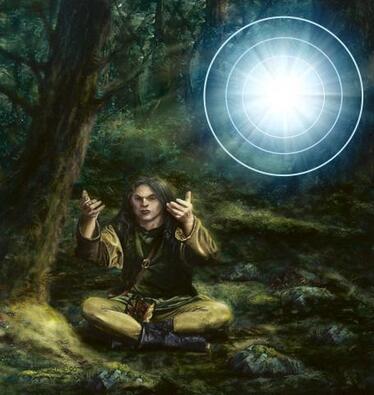
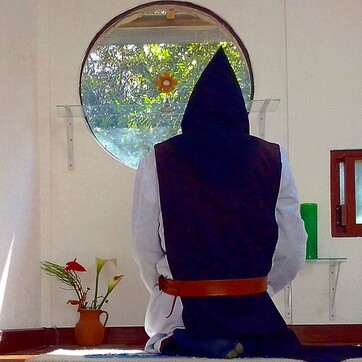

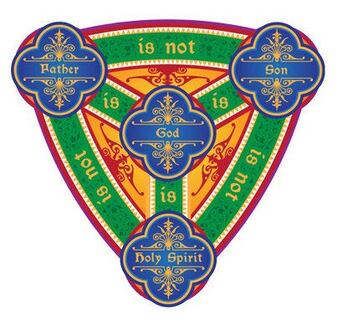
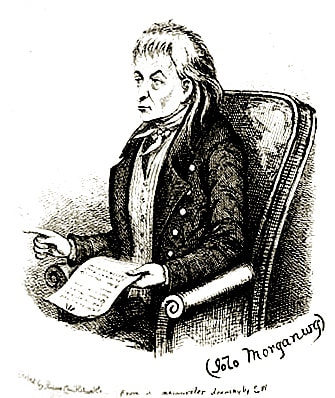

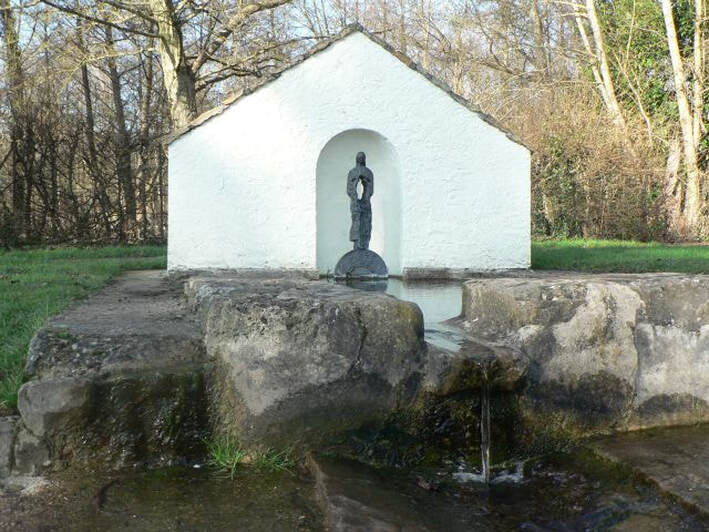
 RSS Feed
RSS Feed
